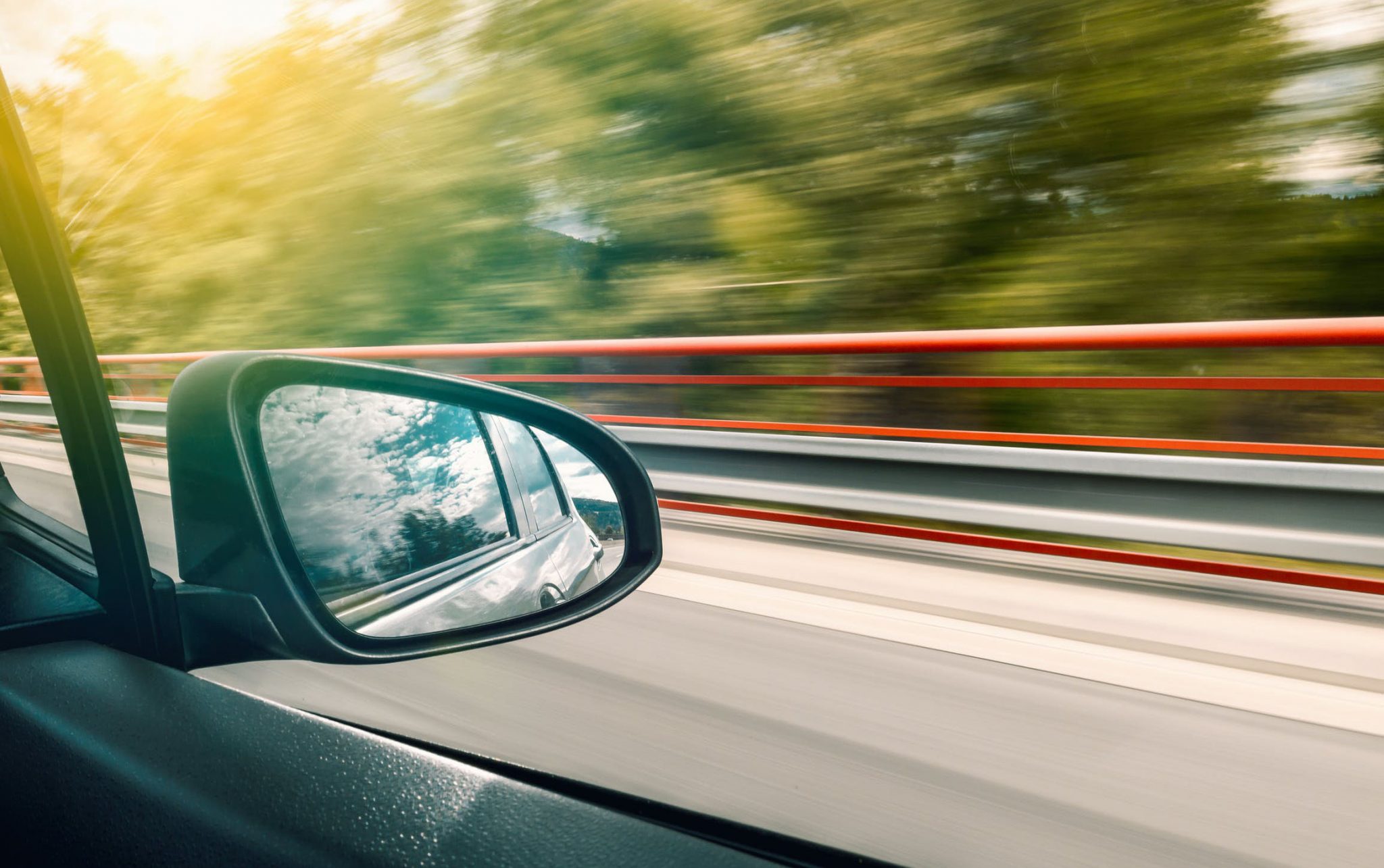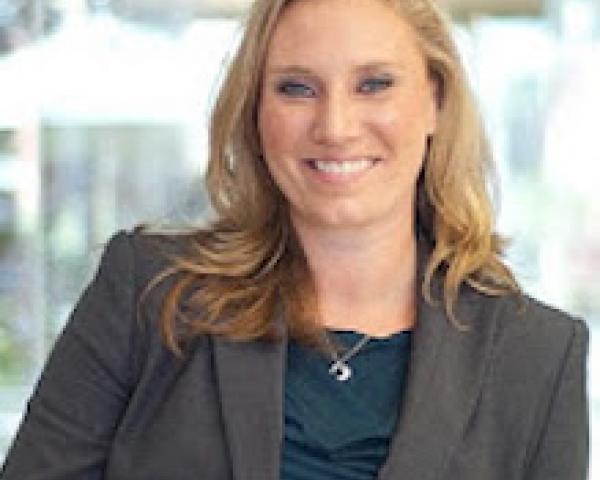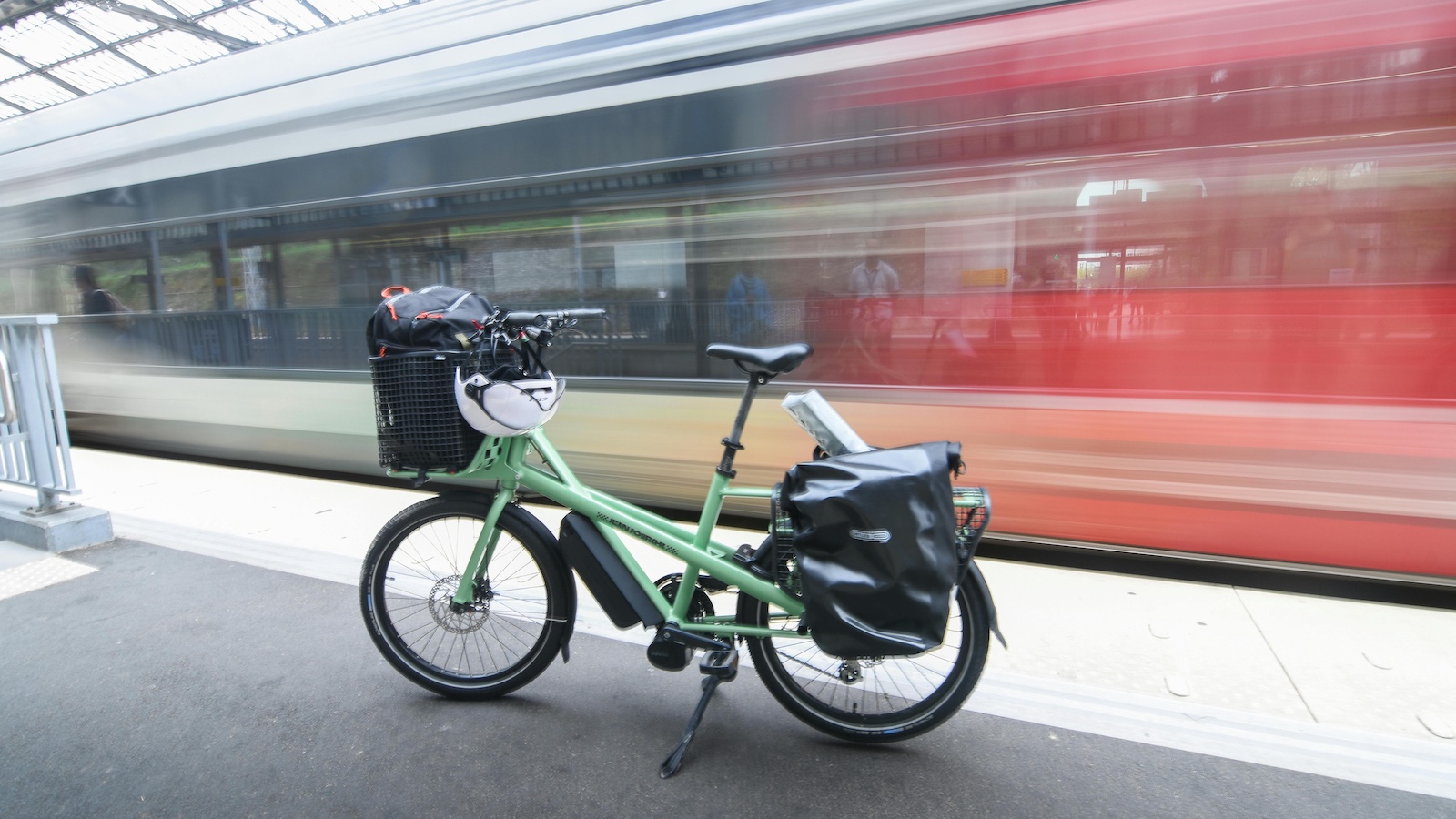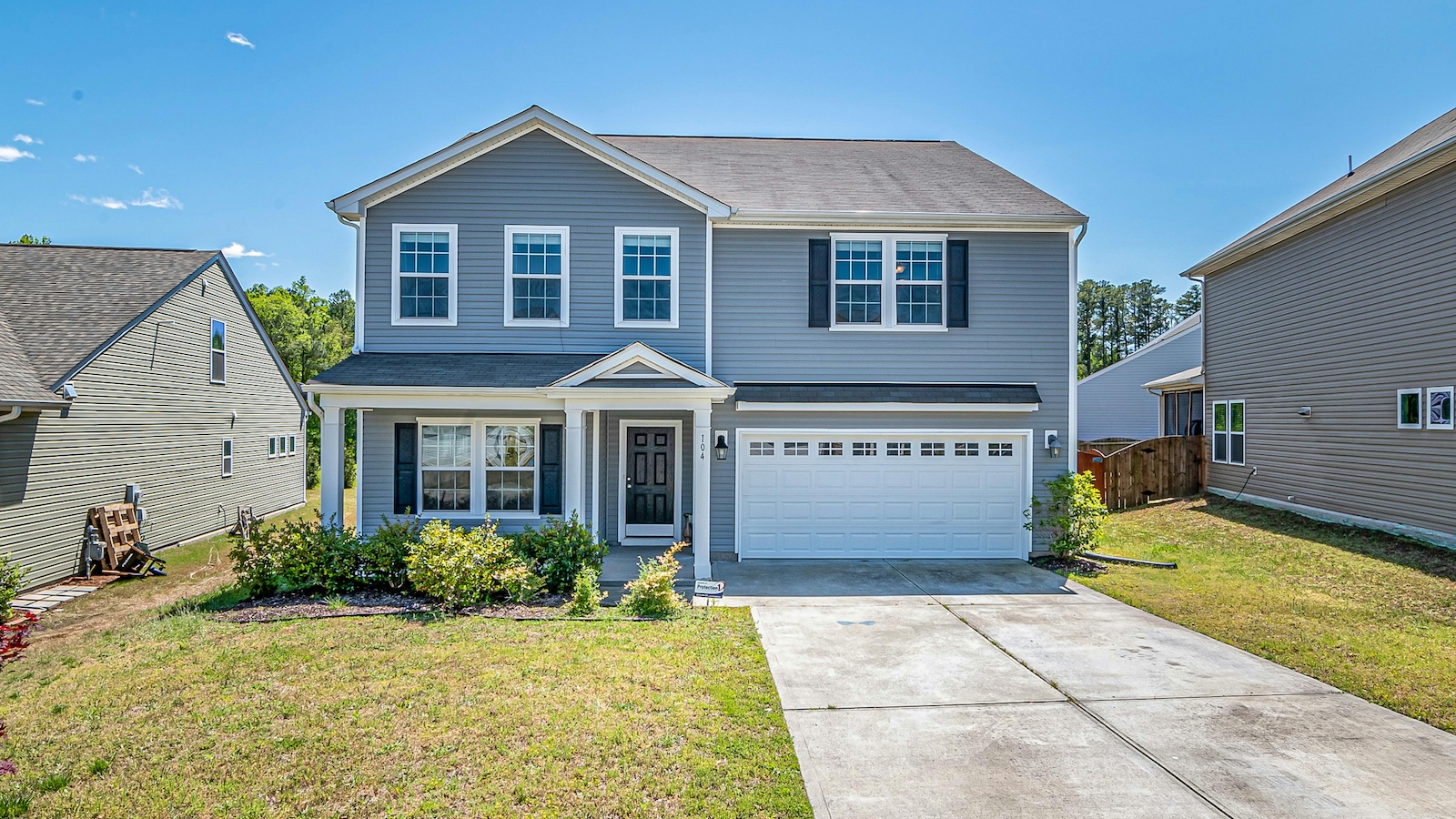Immediately following an accident, undrivable cars are typically towed away from the scene to temporary holding locations such as an impound lot or storage facility. There they remain until an insurance adjuster evaluates the vehicle and declares it a total loss or requests to have it towed to another facility to be repaired. This process could take several days, and, each day, storage costs are adding up. Moving the vehicle to a repair facility — whether a DRP (direct repair program) facility or somewhere else — is referred to as a "secondary tow," and, as any claims adjuster in the auto insurance business will tell you, the secondary tow process is ugly. The current system is outdated, chaotic and excruciatingly inefficient. In fact, it’s so awful that the only reasonable solution is to rethink the secondary tow process altogether and start over from scratch.
Let’s take a look at the process as it stands today. Following the accident, the claims adjuster often has no idea where the damaged vehicle is for several days. The tow was likely called for by local authorities on the scene, and the tow operator may bring it to any local lot. Sometimes, the carrier has to rely on the motorist to learn of the vehicle’s location.
Because there’s no standard procedure once the location is identified, the adjuster must determine how to get the vehicle released. Every lot is different, and, with adjusters working hundreds of simultaneous claims, it takes quite a bit of time to determine what signatures are required, what information is needed for forms, how to transfer money and so on for each one. Each claim requires a lot of phone calls and extensive paperwork to resolve.
The adjuster then has to order a tow to transport the vehicle to a repair facility or a salvage location, if it’s totaled. By and large, tow providers don’t like doing secondary tows, so finding a willing provider may take some time, and, even then, the provider is not likely to prioritize the job, which will cause additional delays.
Tow Operators — Caught in the Middle
It’s hard to blame tow providers for their reluctance to perform secondary tows. They often find themselves completing a lot of paperwork and have to pay for fees out of pocket. Reimbursement for the fees and payment for the job can take 30 days or more, and, even worse, the provider often doesn’t know how much the network will pay until the check arrives.
Typically, it takes about three days to get a vehicle released from a tow yard, and, throughout the entire process, the adjuster has zero visibility into the status of the vehicle. Most of the time, an adjuster will only know where a vehicle is when the repair facility notifies the adjuster that they’ve received it. All the while, the insurer is racking up storage fees and rental car costs. If the motorist calls for an update on the claim and the vehicle, the insurer has no information to provide.
Requirements for a New Secondary Tow Process
The industry needs a new, transparent system for secondary tows, because the current one benefits no one, including the impound facilities. After all, they want to move vehicles through their lot and get paid for storage services. The longer that vehicles remain in the lot, on average, the harder it is to identify vehicles that will never be picked up, which is a poor return for the business. Certainly, the impound facility can send abandoned vehicles for salvage, but the facility rarely recoups costs.
Here’s what a new, more efficient and transparent secondary tow process needs to do:
- Ensure tow providers are paid fairly and quickly for the secondary tow: If tow providers know they’ll be paid a reasonable rate within 24 hours after the job is done, they’ll take these jobs and complete them quickly.
- Provide adjusters the transparency they need: Adjusters need regular updates on the status of the vehicle to optimize their workflow and to provide the vehicle owner with updates. Receiving real-time updates from an online dashboard is preferred.
- Create a more standardized process for vehicle release: This is a longer-term goal, as this industry is highly fragmented, with many “mom and pop” operations. Nevertheless, the industry needs to organize around some standard procedures for vehicle release to speed the process and reduce confusion. Yard owners will get paid faster if adjusters know in advance the information required and the basic outline of the process they’ll need to follow. And motorists will get their vehicles back faster if it takes less time to release it from the yard and transport it to a repair facility. Everyone benefits.
See also: Transforming Auto Claims Appraisals
Much of this new process can be accomplished through digital technologies. By automating the process of authorizing and paying for a vehicle’s release, tow operators can focus on the task they do best: transporting vehicles. Mobile technologies can make it simple for tow operators to keep adjusters informed, often without having to do anything beyond their regular transport tasks. Systems exist today that can send alerts when the tow operator picks up and drops off the vehicle. GPS can even track the vehicle as it’s towed to the repair yard.
Secondary towing is broken, but it can be fixed. With the application of new technologies and the will for all the players to benefit together, it is possible for the industry to build a secondary tow process that works for insurers, tow companies, yard owners and motorists alike.








